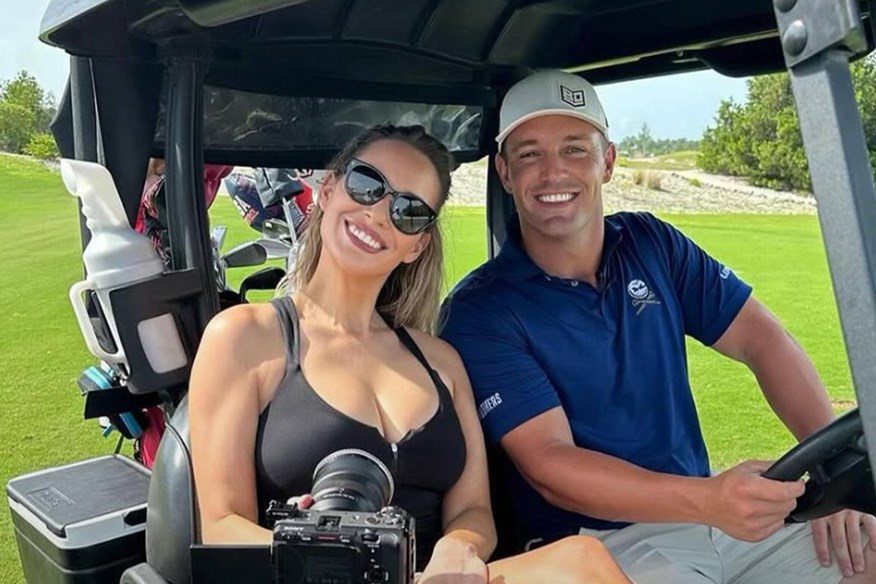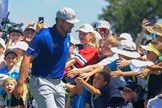The real reason tour pros want their own YouTube channels
Published:
YouTube isn’t just for amateurs. Discover why top golfers are launching their own channels – and what it means for the sport.
Not so long ago, the idea of a major champion launching a YouTube channel would have sounded absurd. Imagine prime Tiger Woods taking a break from dominating the PGA Tour to film himself hitting flop shots with a fishing rod before shouting “Don’t forget to like and subscribe!” while slapping the camera lens with his palm.
For generations, golf’s biggest stars were focused on one thing: winning. Every breakfast, every gym session, every range ball – it was all about getting better. Anything else – like sponsor duties and media interviews – was an unwanted distraction.
But times have changed – and fast.
Some of the best golfers on the planet are now competing for clicks as well as trophies. And it’s not just the veterans using YouTube as an exit ramp from the grind of professional golf. Plenty are doing it in their prime.
Bryson DeChambeau began uploading videos four years ago and is on track to become golf’s biggest YouTube star sooner rather than later. Phil Mickelson is more likely to pop up in your YouTube feed than on the Golf Channel these days. Ian Poulter and Tommy Fleetwood both launched channels recently. Wesley Bryan has earned over $5 million in PGA Tour prize money while co-hosting a popular channel with his brother, George.
But why are they doing it? Isn’t it a needless distraction? When your rivals are grinding on the range, is filming a viral YouTube challenge really the best use of your time?
Whilst I’m far from a tour pro, I have run my own golf YouTube channel, so I feel somewhat qualified to explore the motivations behind this new wave of players swapping tour bags for tripods. Let’s dive into it…
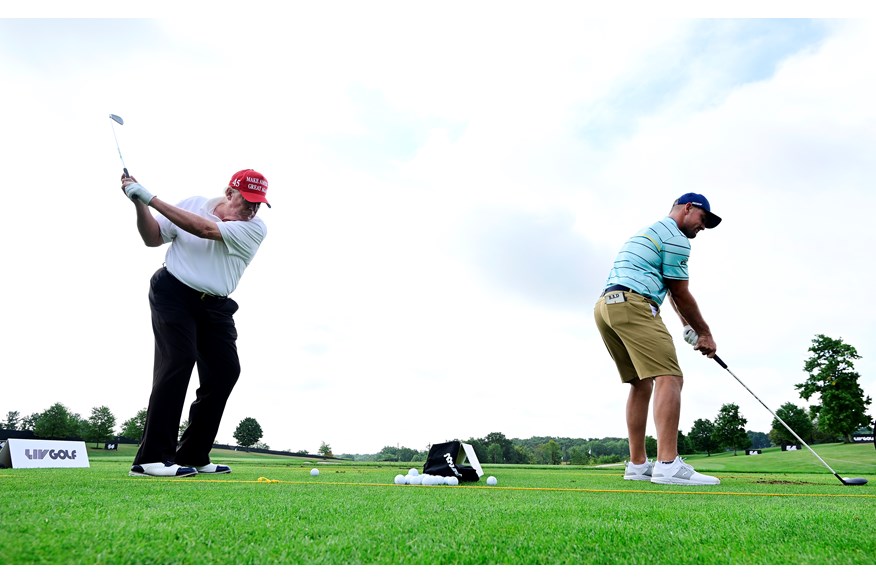
The money
First, let’s tackle the big green elephant in the room.
Whether money is a factor depends on whether you’re a tour pro trying to make it as a YouTuber, or a YouTuber trying to make it as a tour pro.
For established tour players, the YouTube revenue is, at best, a pleasant bonus. As a ballpark figure, a million-view video might earn $4,000 in ad revenue. For a nine-year-old filming Fortnite videos in their bedroom, that’s life-changing. For someone with $50 million in career earnings, it’s pocket change.
Sure, a successful channel can bring in good money through sponsorships, ads, and branded content. But for most top pros, it’s not the primary motivation.
Indeed, DeChambeau has revealed that he spends more than he makes:
“I have spent, – well, not spent – I have invested over $1 million into this,” he says. “It’s what I want to do. It’s what I care about. Am I making money off of it right now? No, I’m not. That’s the cool part, though. I hope people can see I am doing it because there is a genuine interest in growing the game of golf. I just genuinely care about growing the game.”
For less established players, though, it’s a different story. Some golfers have used content creation to support themselves on their journey to tour golf. Korn Ferry Tour player James Nicholas has posted regularly on Instagram, TikTok, and YouTube for years as he strives to make it to the big leagues. He qualified for the US Open at Oakmont and made the cut – the biggest performance of his career so far. But, while JJ Spaun was lifting the trophy, Nicholas was recording a video breaking down the costs of his week against what he made in prize money.
For the guys still grinding for a place at the top table, sponsorship deals, affiliate links, and occasional viral hits keep the lights on between Monday qualifiers.
And there are other perks: a big following can open doors. Sponsor invites, product deals, even extra appearances come easier when your content reaches millions.
For journeymen and rookies, building an audience isn’t about ego. It’s about survival.
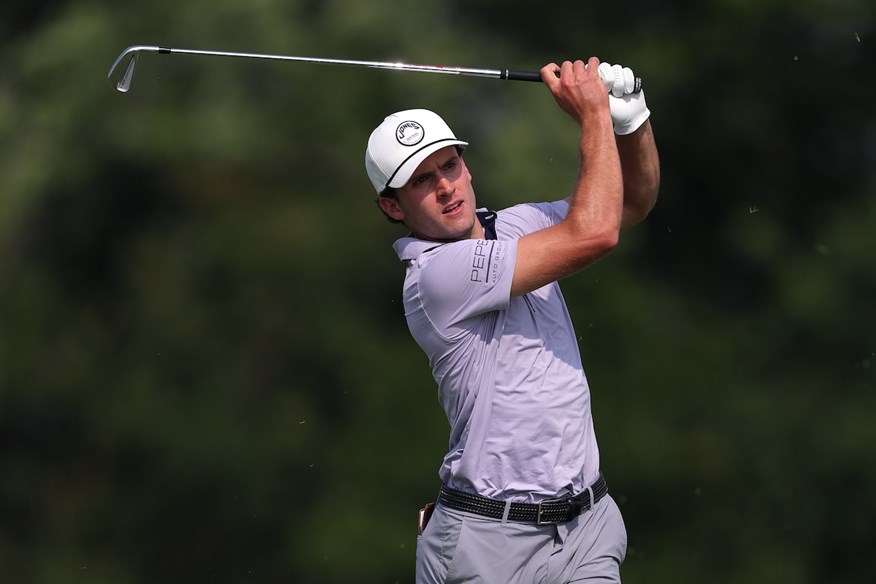
Building a brand
In the past, sponsors cared mainly about your world ranking or how often your face appeared on Sky Sports. Now, follower counts and engagement stats can be just as persuasive.
A player with a million subscribers doesn’t just play golf and appear on TV – they own the means of distribution. They can offer brands more targeted visibility than some top-50 players.
For younger pros, this feels completely normal. Sharing your life online is second nature. They’ve grown up watching influencers build businesses around their personalities. If you’re comfortable in front of a camera, why wouldn’t you showcase your game, your practice, and your personality?
It’s not just golf. Name any sport and you’ll find a myriad of stars with their own YouTube channels.
In an era when every brand wants authentic stories, a tour pro who can deliver content week in, week out has an edge.
And if you’re a brand manager deciding who gets an invite or who frontlines a campaign, a player with a built-in audience of engaged fans starts to look a lot more attractive.
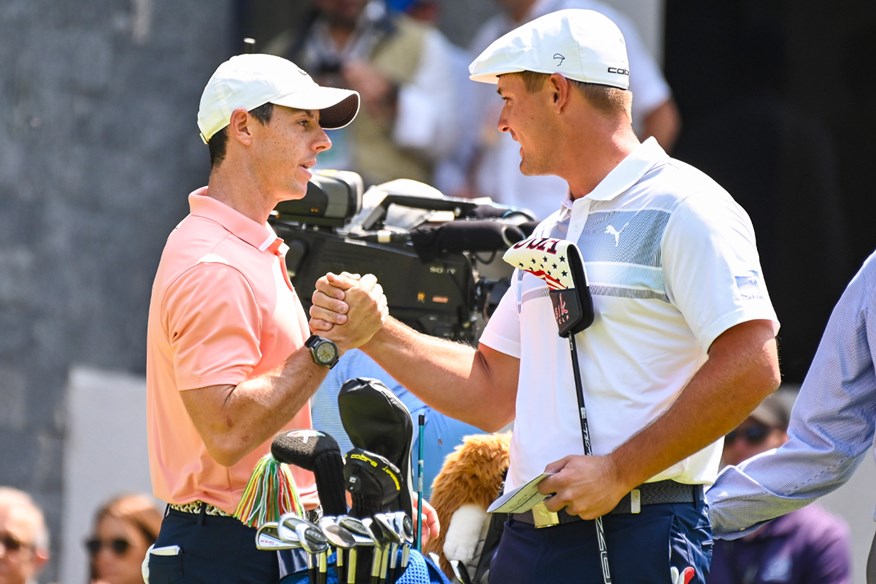
Competition
Golfers are wired to compete. Whether it’s the final hole of a major with millions on the line or a head-to-head beermat-flipping contest in the bar, competitive athletes can’t help themselves.
YouTube taps into that same mindset. View counts are scorecards. Subscriber counts are leaderboards or world rankings. Bryson openly admits he’s obsessed with the metrics, the growth curve, the idea that he can beat the algorithm just as he beats the golf course.
And, unlike golf, YouTube usually rewards consistent effort. Golf is such a fickle game that you can double your efforts and get worse results. DeChambeau, one of the game’s hardest workers, knows that better than most. Whilst YouTube can be unpredictable, more effort – in terms of volume and quality of content – typically yields better returns. That feedback loop is addictive, especially for athletes used to measuring everything.
For some, watching a peer build a successful YouTube channel while you relax in your Florida mansion feels like a defeat. And if there’s one thing golfers hate, it’s losing. For that reason, I wouldn’t be at all surprised to see more and more pros jump on the content bandwagon.
But isn’t it a distraction?
Running a YouTube channel is a lot of work. From planning and filming, to editing and making thumbnails, chopping long videos into shorts and replying to comments – it all adds up.
But, let’s be honest: top pros aren’t doing all that themselves. I’ll bet my house that Bryson’s not sat at a laptop for 20 hours editing a course vlog and fiddling with shot tracers. In fact, he recently revealed he has a team of 10 people working full-time on his channel, freeing him up to focus on what he does best – playing golf.
More importantly, the players themselves say the content actually sharpens their focus rather than dulling it.
“When I’m doing the course record series, it’s focusing my brain to the maximum,” says DeChambeau. “There’s nothing else you can do besides play your absolute best.”
Sure, not everyone wants to juggle content and competition. But for some, it’s not a distraction – it’s motivation to lock in and perform.
And could it actually give them a unique edge?
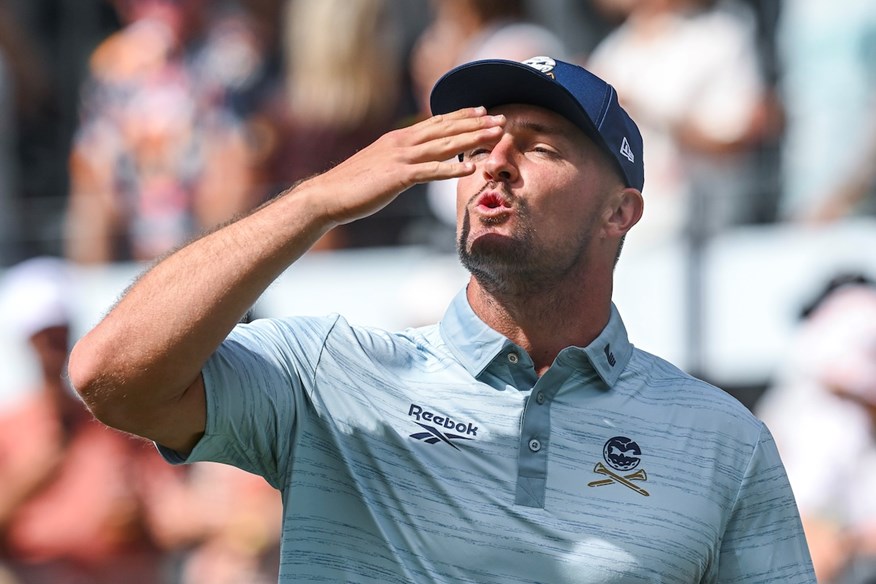
It’s fun
Naysayers will say that professional athletes should be focusing on their sport, not their side hustles. But, in an age where the strive for perfection can do more harm than good, it’s possible that the lighter side of content creation helps players tap into a secret sauce.
“YouTube golf has made me feel like a kid again,” said DeChambeau during this year’s Masters.
“When I started out, I was like, man, this is going to be a lot of work,” he added. “And once we started putting in challenges that were fun and interesting and different, it kind of made me feel like I was that, you know, 11-, 12-year-old going out with your friends and just trying to play as good as you can and do something crazy and different.
“As a kid, you get another club if your hand, OK, maybe it’s not perfect but you have to figure out a way to get it done.”
Whether it’s making practice more fun or simulating the pressure of competition, it could be that YouTube actually helps these guys become better golfers, rather than getting in the way of that.
Connection
One of the biggest reasons pros are embracing YouTube is that it lets them connect with fans in a way traditional media never could.
When you sit down for a glossy TV or magazine interview, you’re at the mercy of the producer’s edit and the broadcaster’s agenda. YouTube flips that dynamic entirely. Now the player is in control. They can show their personality, their quirks, their unfiltered takes – and fans absolutely love it.
The barrier between tour pro and amateur golfer has never been thinner. Watching a DeChambeau course record attempt or Tommy Fleetwood narrate his practice round feels like being inside the ropes, sharing the experience alongside them.
That sense of intimacy and authenticity is something even the best studio punditry can’t replicate. It’s why this content performs so well. Fans want more than swing tips – they want stories, behind-the-scenes glimpses, and a sense that they really know their heroes.
At a time when tour pros are questioning their duty to talk to the media at tournaments, many seem happier to communicate on their own terms.
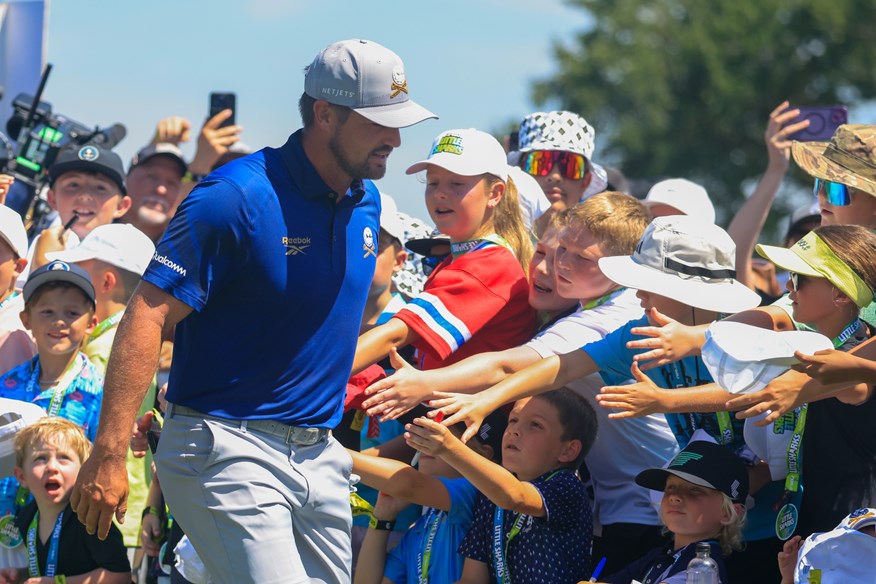
A new kind of legacy
Ultimately, I think the reason we’re seeing more golfers embrace YouTube is because it offers a different path to legacy. Sure, winning majors will always be the primary measure of success. But in the modern era, influence isn’t just about trophies – it’s about engagement.
“I didn’t even think a few years ago that we could get this far,” says DeChambeau. “I want to do more than just the game of golf. I want to bring in people who’ve never watched the sport. YouTube has been a great platform to do that. I’m super excited to see what the future holds because there’s a lot more room to grow.”
When Bryson or Tommy look back on their careers, they won’t just see TV highlights and scorecards. They’ll also see thousands of hours of footage, millions of fan interactions, and the knowledge that they built something themselves.
For some, that’s just as satisfying as lifting a trophy. Almost.
“Not as cool as winning a major championship,” Bryson said with a grin. “But it’s up there.”
